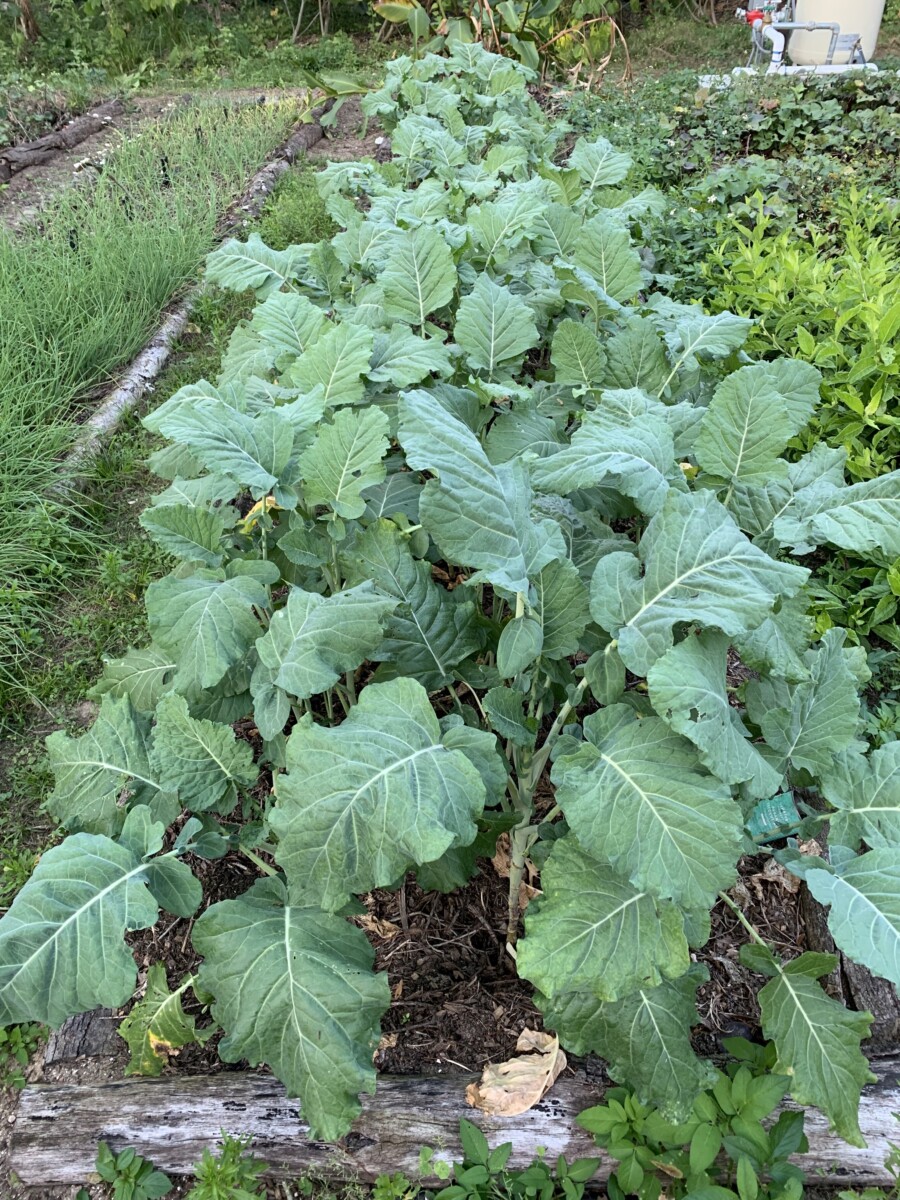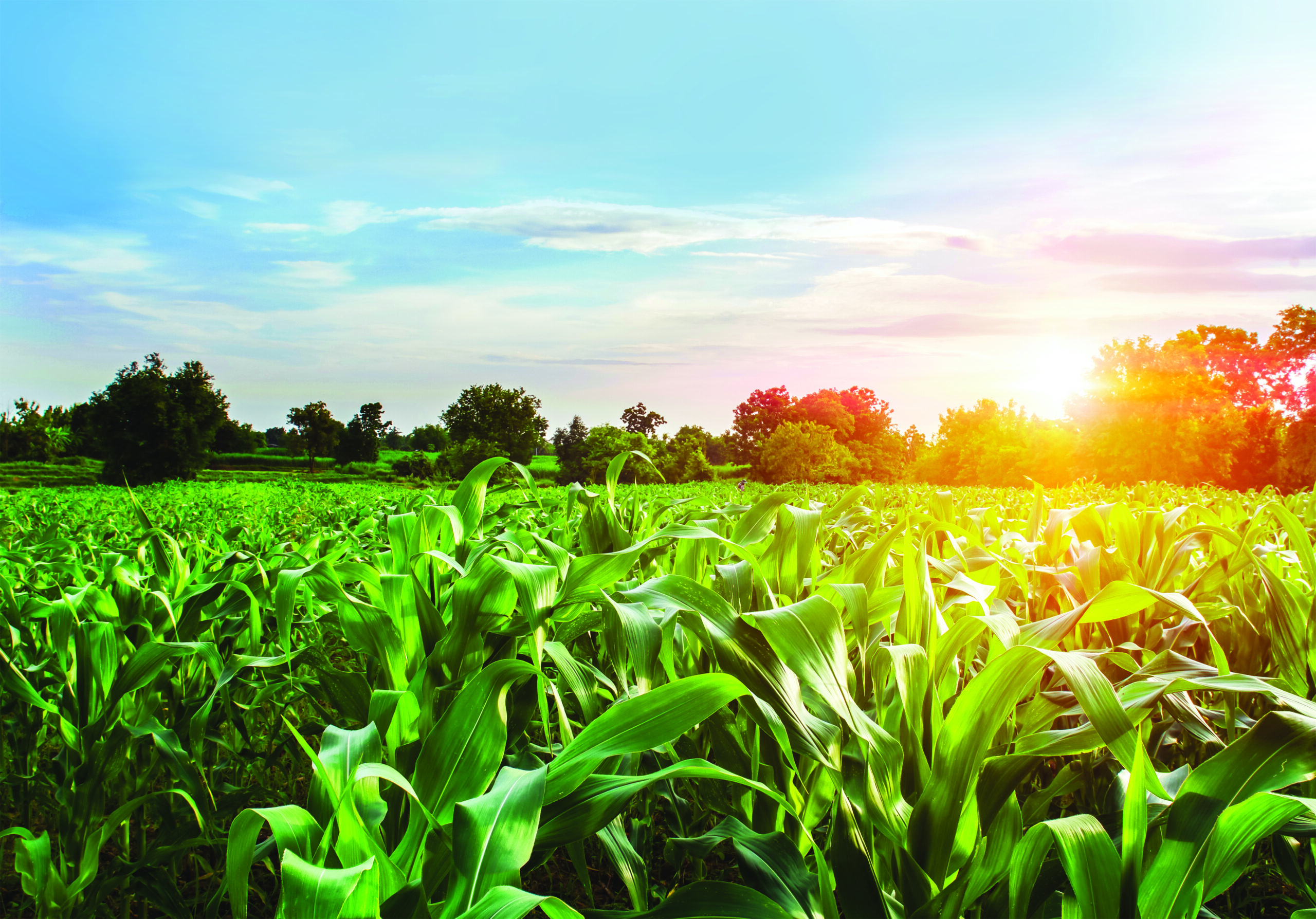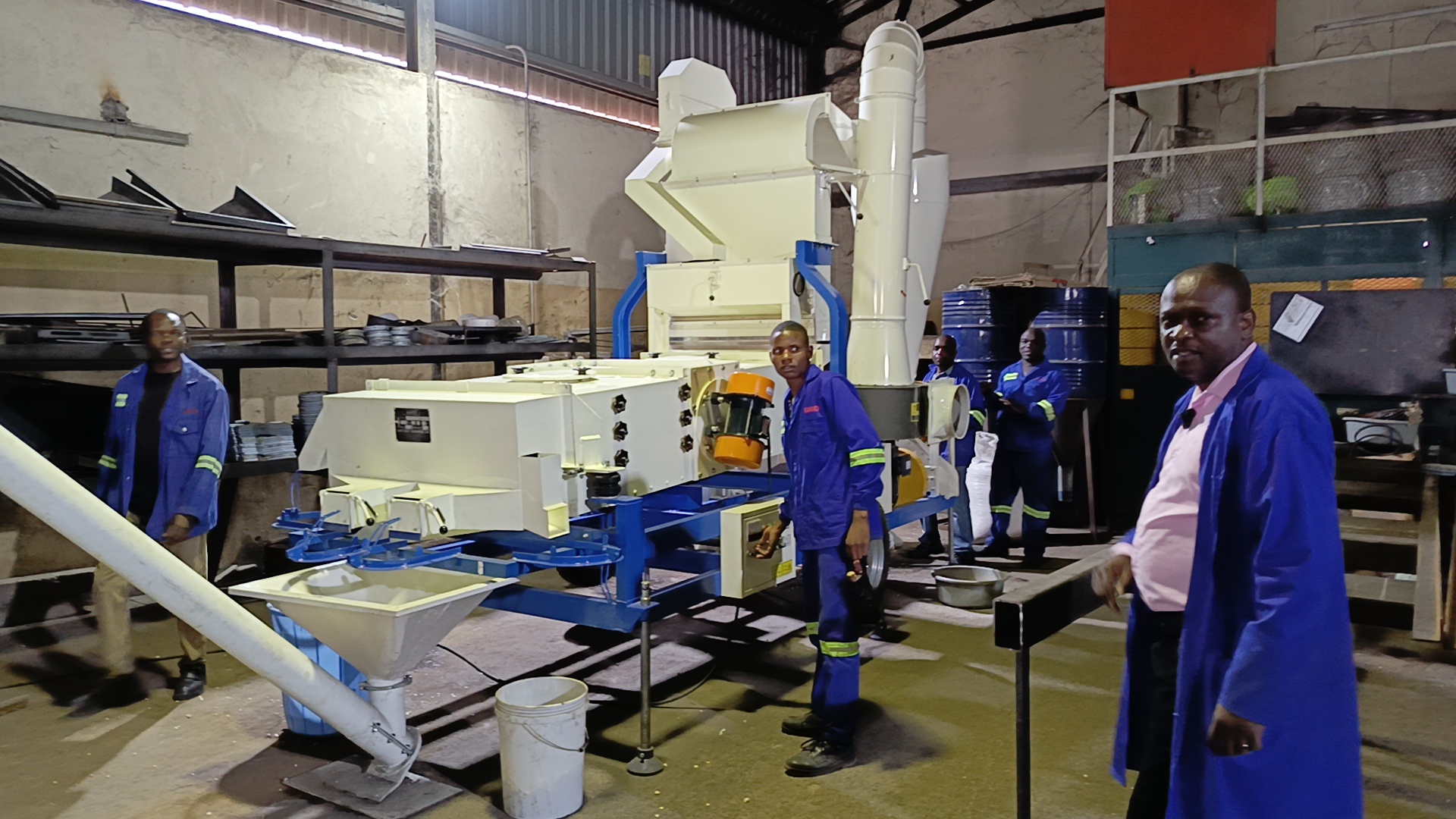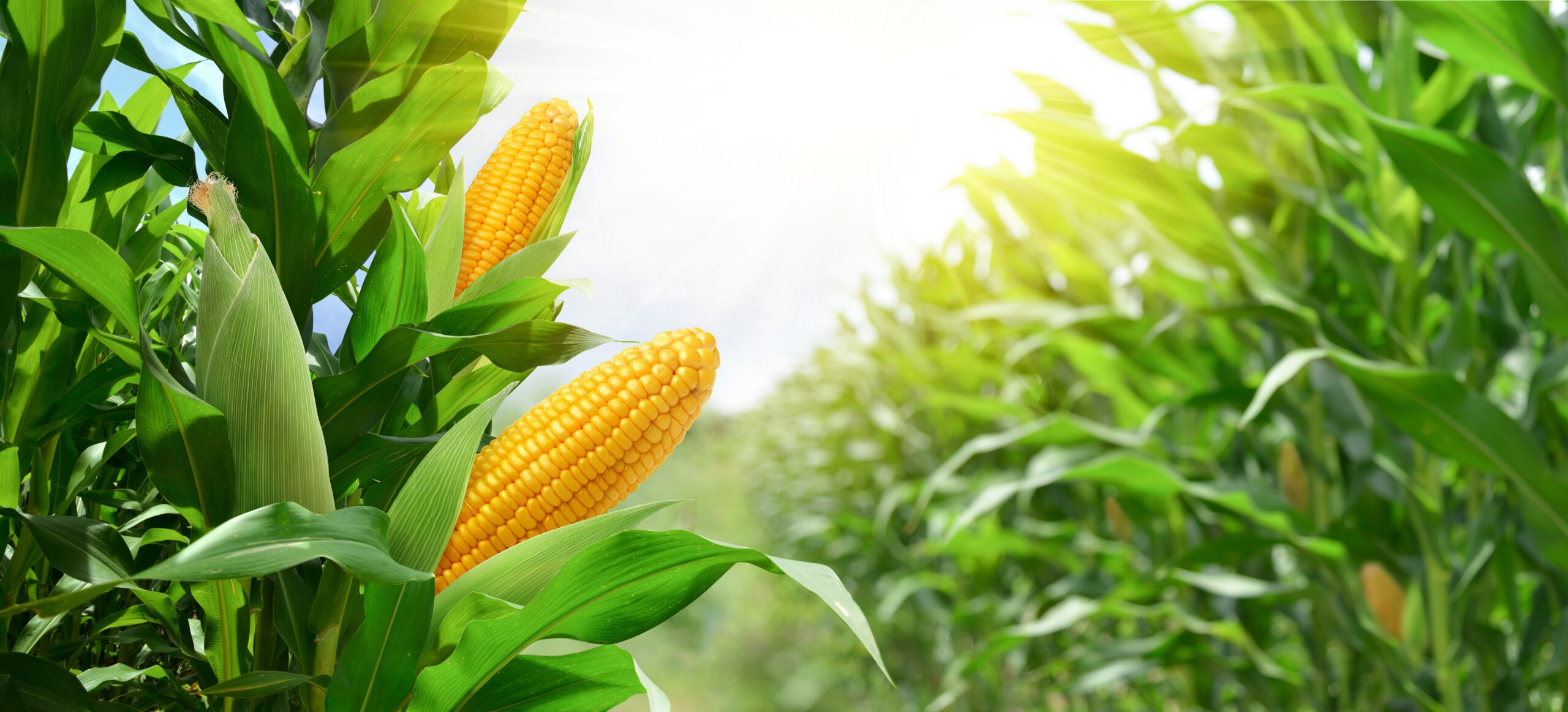Jute Mallow and Ethiopian Kale are two ancient African plants that are used as leafy green vegetables.
Jute mallow (Corchorus olitorius)
Jute mallow belongs to the Malvaceae family, one of the important leafy vegetables in most parts of Africa, including Southern Africa. Its origins are unknown because it has been around for ages in tropical and subtropical regions all over the world. Leaves and young shoots are normally harvested when about 20 to 30 cm long.
These are boiled with locust beans (Parkia biglobosa), lemon and or olive oil, steamed and pureed, and added to soup or chicken dishes. Young leaves are also added to salads. The leaves are also dried and used to make tea or to thicken dishes. When pounded into flour, it can be stored for quite some time. The seeds are also edible
Nutritional value
The leaves contain almost all the nutrients needed by humans, including lipids, protein, and carbohydrates. They are rich in beta-carotene, iron, calcium, and antioxidants, as well as micro-nutrients such as potassium, magnesium, iron, copper, and manganese. It is an essential source of energy in human and animal nutrition.
Medicinal value
All parts of the plant have been used as medicine to treat various illnesses, including aches and pains, fever, dysentery, enteritis, pectoral pains, and tumours. It contains iron and folate that are useful to avoid anaemia. The leaves are also used to treat cystitis, gonorrhoea, and dysuria or painful urination. The seeds are purgative. The high fibre content makes the leaves filling and good for weight loss.
Other uses
In India, Bangladesh and China, the plant is cultivated for its fibre. The stem is the main source of jute used in sackcloth and paper, among other uses. The wood is light and soft and is used in making sulphur matches.
Cultivation
The plant is easily propagated from seeds. Soak the seeds in warm water for 24 hours for the best germination results before sowing directly in the soil. Seed can be scattered into seedbeds containing fine soil. Mixing the seed with sand makes it easier to sow evenly. Seed can also be planted in rows 20 to 30 cm apart. Sow seeds in full sun at the beginning of the rainy season. If planted in rich soil, no fertilisers are needed, but nitrogen will enhance rapid growth.
If planted in the dry season, controlled manual watering is necessary as the plant suffers when the soil is waterlogged or too dry. Four to six weeks after planting, when the shoots are 10 to 20 cm long, they should be transplanted. The first harvest is ready for cutting when the shoots are between 20 and 30 cm long. This cutting stimulates the development of side shoots. If you cut every two to three weeks, a total of up to eight cuttings is possible. 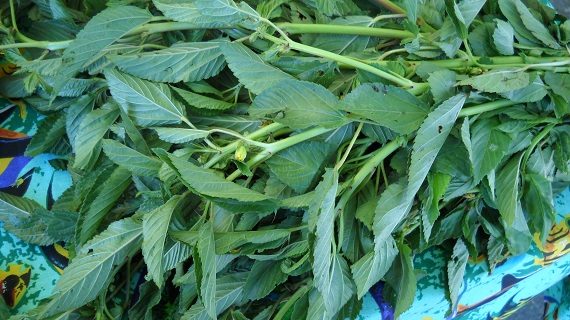
Ethiopian or African kale (Brassica carinata)
Brassica carinata and B. juncea, which are often confused because they are so similar, are the two most widely used leafy vegetable species in Africa. B. carinata, also known as Ethiopian or Abyssinian cabbage, is grown in East African, West African, Central and Southern African countries, as well as Madagascar, Asia, and India.
The waxy stem, light-green stalked leaves, and immature flowering stems with their yellow flowers are edible. Aviation biofuel for jet engines have been developed from the plant. Leaves and young stems are harvested when they are 30 cm tall. They are eaten raw or cooked, and have a mild and pleasant cabbage flavour. Young growth can be finely shredded and used in salad, while the older leaves are cooked like cabbage leaves. Immature flowering stems are cooked and used like broccoli, and the seed can be crushed and used as a condiment.
Medicinal value
B. carinata has proven cancer preventive potential. Researchers pointed out that in general, the consumption of B. carinata should be encouraged as part of chemo-preventive measures to combat prevalence of aflatoxin-induced diseases. The seeds are used to relief stomach aches.
Cultivation
The species tolerates a wide range of climatic conditions and can be grown in temperate to tropical zones. In cool regions it is suitable as a leaf crop, but in other areas it can also be grown for the seed. The plant grows best in areas where annual daytime temperatures are between 10 and 25 °C, but it can tolerate 5 to 35 °C. It is successful in full sun when planted in well-drained, fertile, and preferably alkaline soil.
The plant grows in almost any soil, but prefers a pH in the range 5,5 to 8. Flowering is delayed when the leaves are regularly harvested. Seedlings of varieties with larger leaves like those found in West Africa and Tanzania, must be planted at a spacing of about 75 x 50 cm. Varieties with smaller leaves found in Zimbabwe, can be planted with a spacing of 50 x 35 cm. Once the plant is established, the leaves can be frequently harvested. The smaller-leaved varieties are often collected in the form of shoots.

